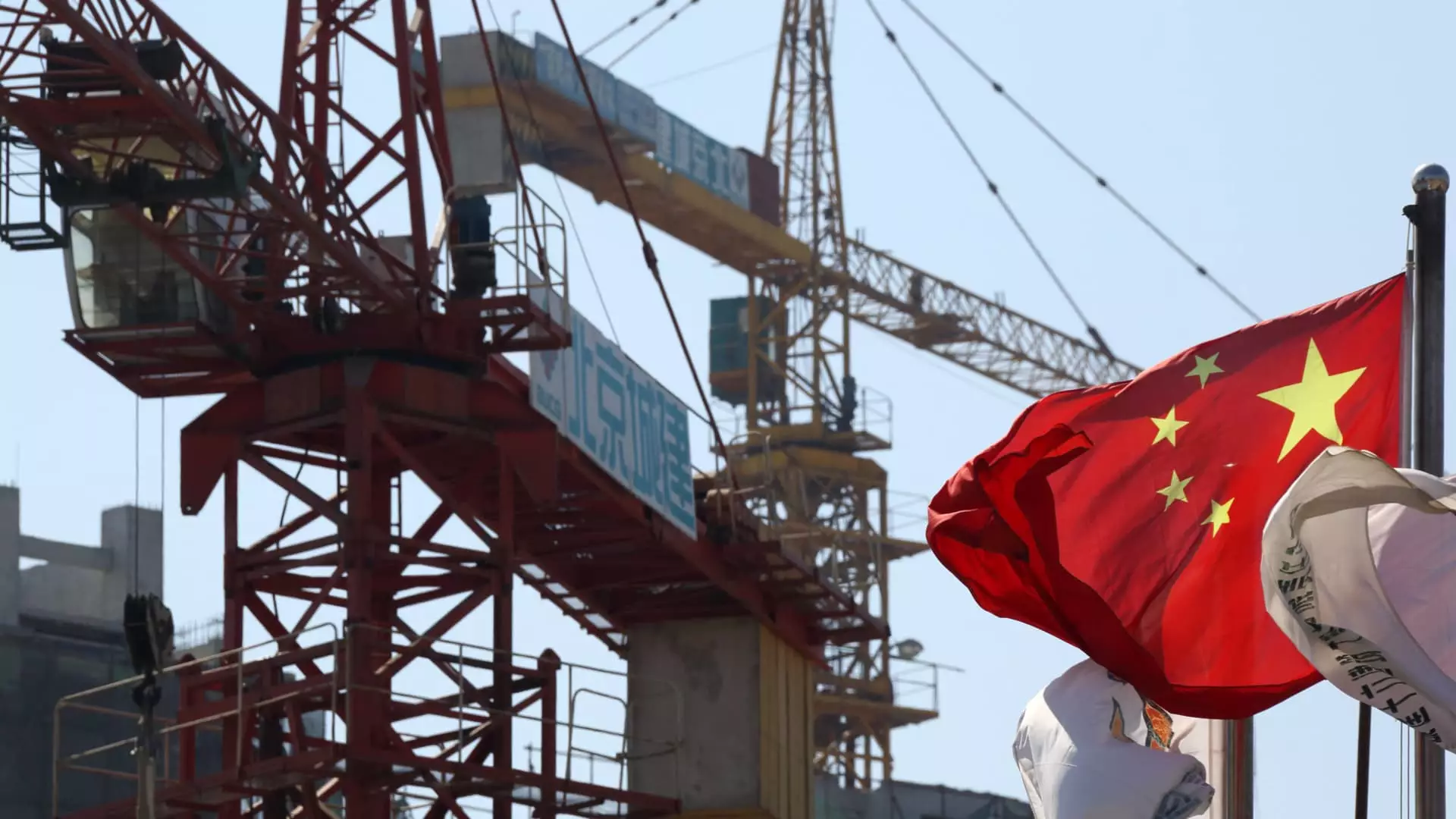Recent assessments indicate that China’s economic growth trajectory is facing significant challenges in the coming years. Despite a somewhat optimistic short-term boost from recent policy stimuli, the longer-term outlook appears increasingly fraught with uncertainties. According to the World Bank, the nation’s growth is projected to taper off to 4.3% in 2025, a decline from an expected 4.8% in 2024. This decrease underscores growing concerns about consumer confidence and the structural weaknesses plaguing the Chinese economy, thereby inviting scrutiny into the effectiveness of government interventions.
In light of recent government initiatives aimed at stimulating economic activity, there was a fleeting sense of optimism among investors. The measures have indeed sparked temporary investor confidence and triggered a rally in the stock market, which, however, has lost momentum. The stimulus, primarily driven by monetary policy adjustments, aims to invigorate the economy but cannot mask deeper, endemic issues. Aaditya Mattoo, chief economist for East Asia and the Pacific at the World Bank, articulates a pressing concern: the fiscal aspects of these stimuli remain nebulous and uncertain, complicating the ability to forecast their impact on the economy accurately.
The core question that arises beneath the surface is whether the governmental measures can effectively alleviate consumer fears surrounding stagnant wages, declining property values, and the increasing apprehension regarding issues such as unemployment and aging. These intertwined concerns significantly dampen household spending—an essential component of economic vitality. While fiscal stimulus can provide temporary relief, it is no panacea for the complex array of issues currently facing the average consumer.
Consumer Spending Challenges
Consumer spending in China remains tepid, largely attributed to the aforementioned anxieties. The country is grappling with various challenges, including a faltering property market, an aging demographic, and escalating geopolitical tensions. According to financial analysts such as James Sullivan from JPMorgan, the critical challenge lies not just in stimulating investment but ensuring that any resulting influx of capital translates into sustainable consumer demand. The effectiveness of the stimulus measures in addressing these concerns remains questionable, limiting any hopeful narrative surrounding economic growth.
Hui Shan, Goldman Sachs’ chief China economist, emphasizes the necessity for strategic and expansive additional stimulus plans, pointing towards potential dependencies on external factors such as the U.S. presidential election outcomes. This precarious condition highlights an interplay of domestic policy challenges intertwining with global political dynamics, further complicating China’s growth projections.
The current economic environment raises pressing questions about the adequacy of stimulus measures. The World Bank has long advocated for comprehensive structural reforms that go beyond mere financial injections. Recommendations such as fostering competition, enhancing infrastructure, and facilitating education reform are increasingly recognized as vital for sustainable growth. Mattoo urges that any boost stemming from recent measures should not distract from the pressing need for deeper reforms. The likelihood of prolonged economic stagnation looms unless imaginative and decisive actions are taken.
As China’s economy teeters, the ripple effects threaten the broader East Asian economic landscape, heavily reliant on Chinese growth. With the World Bank estimating a growth of 4.7% for the region this year—expected to climb to 4.9% in 2025—it is clear that the broader economic fabric of Asia cannot afford a prolonged slowdown in China. Policymakers in neighboring regions may need to pivot toward domestic drivers of growth as their reliance on Chinese economic momentum becomes a liability.
The road ahead for China’s economy is marked by cautious optimism tempered by the reality of underlying issues threatening long-term stability. While short-term measures offer a brief respite, substantial, structural reforms are quintessential for a return to sustainable growth. As stakeholders navigate these challenges, the call for innovative strategies and constructive policies has never been more urgent. The evolution of Chinese economic policy will be pivotal not only for its domestic landscape but for the regional dynamics of East Asia and beyond.


Leave a Reply